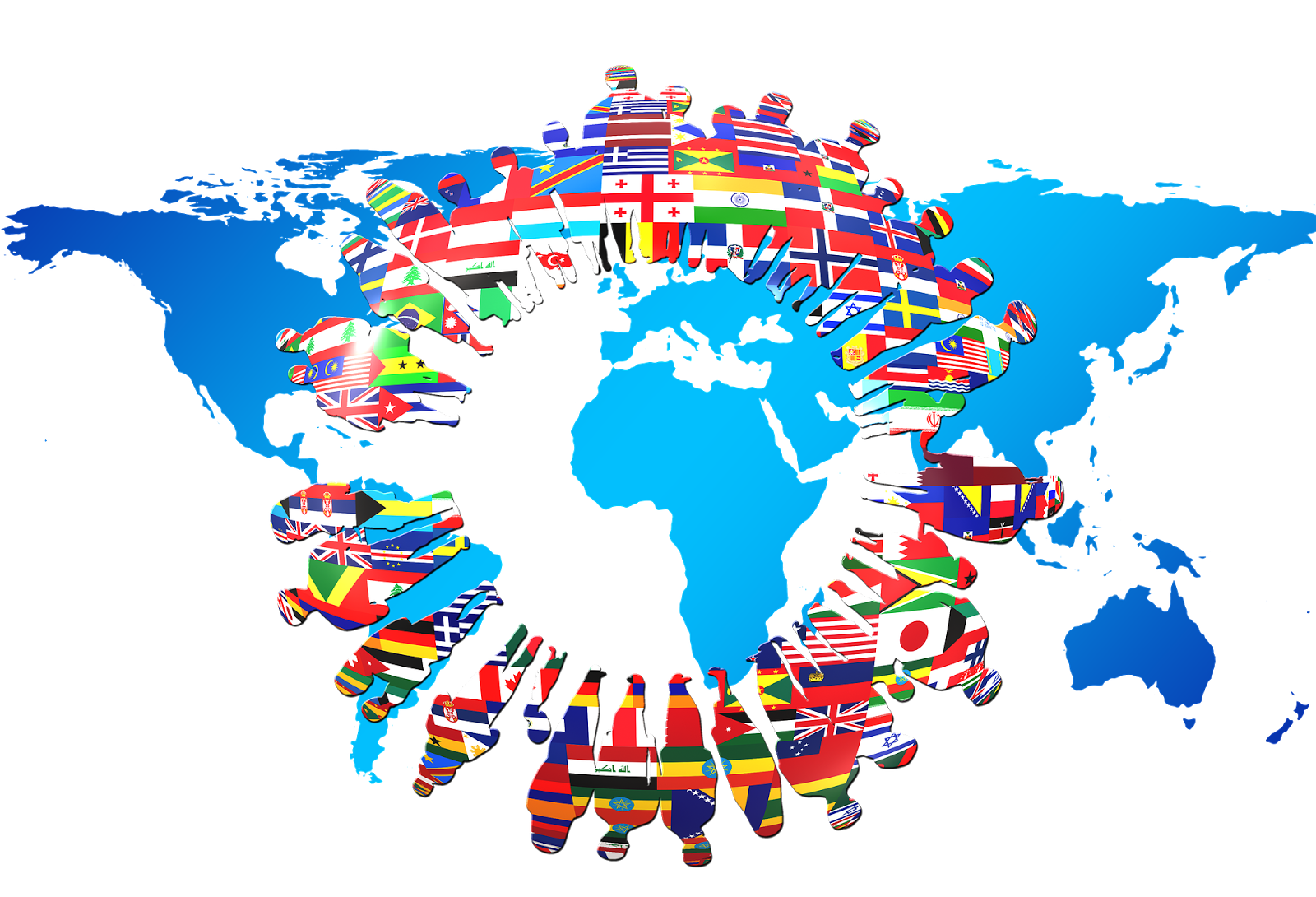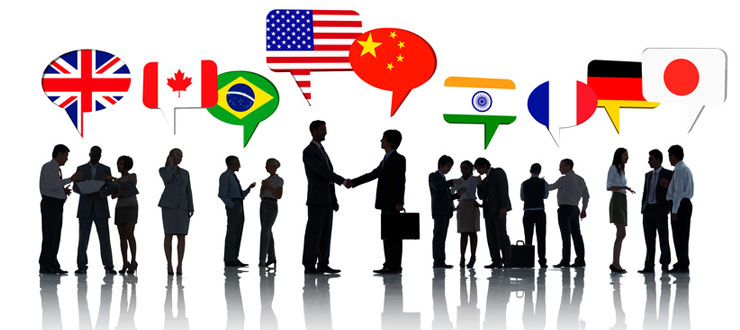What looks good to the customer? Here we will join a prospect on the journey to becoming a loyal customer.It is about the things you and your customer do together. These are called "touchpoints".
From first contact with a customer, through to final delivery and payment, you meet on specific occasions, called "touchpoints". Touchpoints lie on the consumption process. There are other points where you or the customer must do things - tasks - but they are not touchpoints.
All the touch points, in a line, make "the customer journey" along the consumption...
Tuesday, 28 December 2021
Monday, 27 December 2021
NOODLES

Noodles: you can buy a packet for twice nothing. It's got noodles, plus two sachets - one is spices and the other is gravy granules.Noodles are quick, simple, tasty, nutritious, cheap.1. Boil the noodles five minutes in ample water, tip out of your wok and put to one side.
2. Fry the ingredients in your wok: like protein, any protein such as shrimps or diced chicken or tofu; and veg, any veg in season that you can cut up.3 ...
Tuesday, 21 December 2021
IS THE EU A MARXIST-LENINIST ORGANISATION?

21 December 2021
Interesting how Lenin, who was chairman of the communist Party, organised the state. The economy was 80% rural, 20% urban, 90% of industry was state owned.All public institutions and some private-sector corporations had a shadow leadership comprised of party officials.The EU employs a similar strategy. If you look beyond the great institutions we all know - Commission, Council, Parliament, Court of Justice, Court...
Monday, 20 December 2021
DO COUNTRIES BREAK THEIR TREATIES?

20 December 2021
Ref the WA and NIP.It is not really fair to say that the UK is breaking a
treaty which it had itself only just signed. There are many reasons why
countries break treaties, but let's just look at some historical
precedents.
The treaty of Versailles was drafted by the UK and
signed by Germany without Russia even being present. Both Germany and
Russia were flat on their backs. Some say...
WHEN ATTACKED BY A DOG

19 December 2021
If a dog bites your arm/leg, you push into their mouth, rather than trying to pull outwards, and it forces them to open their mouth. I've used that successfully with a 100+kg dog. If they are attacking rather than just biting and holding, grab the skin at the back of their head, so they can't shake. Hitting them, gouging their eyes, or otherwise hurting them, is more likely to make them double down and start...
Saturday, 18 December 2021
THE THAI GOVT WANTS TO END MASS TOURISM

18 December 2021https://www.thaiexaminer.com/thai-news-foreigners/2021/12/17/thailand-again-signals-end-of-mass-tourism-thai-examiner/
When change is needed, this can sometimes come if a leadership sees the need to innovate and adapt and maybe it gets inspired; but often it requires a change of leadership. That is the beauty of democracy - the people can overthrow a tired old government, peacefully.Instead of closing down a successful...
Monday, 13 December 2021
ALDOUS HUXLEY

Only the film quality tells you this interview took place over 60 years ago.https://youtu.be/alasBxZs...
Saturday, 11 December 2021
THE PANDEMIC WILL BE OVER BY VALENTINES

9 December 2021Omicron looks like it could be a busted flush: yes, transmission is more rapid; yes, immune escape doubles number of infections; but no, it is near harmless, Putin called it "a natural vaccine".Sajid Javid, 10 December : "Very soon, in the days and weeks that lie ahead, if, as I think is likely, we see many more infections and this variant [omincron] becomes the dominant variant, there will be less need to have any kind...
HAS THE EU STOPPED WAR IN EUROPE?

11 December 2021
It's not as simple as political differences that create
war. Europe has had nothing but wars- first religious wars and colonial,
then liberalism fascist communist, now federalism nationalism, and
currently woke gender race sex religion.
It's economic, material, interests and the nature of man (for it is usually men).
The EU are under the illusion...
Thursday, 9 December 2021
HOW TO MANAGE A COMPLAINER

9 December 2021Constant negativity about everything, always wanting to-be more negative than anyone else,But you know what? She thinks she is the victim of bad things happening in the world - she herself is NOT a negative person!No point in telling her how lucky she's been in life as she will just tell you more of the bad things that have happened toher, to convince you!!Maybe find a parable to help her understand?Better to agree with...
Wednesday, 1 December 2021
MY LIFE IS MY OWN

30 November 2021
https://youtu.be/hphXPJJMl7g"I will not be pushed, filed, stamped, indexed, briefed, debriefed or numbered. My life is my own."&nb...
THE FRANCE ZEMMOUR SEEKS TO SAVE (RHETORICAL DEVICES)

THE FRANCE ZEMMOUR SEEKS TO SAVEA STUDY IN RHETORIC30 November 2021Zemmour: journalist, polemicist, presidential candidate...His candidacy speech embraces you, oppresses you, haunts you, rallies you. It's a masterpiece in the use of rhetoric.https://youtu.be/k8IGBDK1BH8He appears speaking behind a huge mike and in front of ancient books stacked on shelves, reminding us of De Gaulle's wartime calls for resistance (Appeal of June 18 by...
Thursday, 18 November 2021
THE UKRAINE

18 November 2021
"American and British intelligence officials last week showed Ukraine’s
top brass satellite images and electronic intercepts indicating a “high
probability” of military attack this winter".How likely is a military attack, in reality, and what is Russia really looking to achieve? Is Putin leveraging the energy weapon to try to reverse Europe’s green
deal or is this really about preparations for an attack on
Ukraine?Russia...
Wednesday, 17 November 2021
TIGHT LABOUR MARKET : WHY SO MANY OVER 50s ARE QUITTING
17 November 2021The tight labour market is not directly a result of covid, nor Brexit, but due to younger people staying on for more studies and older people przferring early retirement.Here is the thinking behind one older person's decision to quit work. (Extract is presented with all punctuation as-found.)===Cool.
Think we should leave Britain to the Woke young now. As a bit of an
older worker am thinking of moving abroad anyway to retire, with my
equity, inheritance, pension and savings, 15+ years early. Personally,
speaking, the reason...
Tuesday, 16 November 2021
THE CURRENT POLISH PM : GOOD GUY OR BAD GUY?
17 November 2021The answer might surprise you. (Extract from article recovered 16 Nov)But
he got the economy roaring ahead, stopped the mass emigration (Poland
now issues more work visas than any other EU state) started the welfare
state, kicked out all Moscow-trained military and diplomats, started
rearmament — Abrams and F35s are coming, doubling the army — brought in
large tax cuts, shut down the humungous Russian mafia fuel smuggling
that Prime Minister Donald Tusk supported ($25 billion for the Kremlin),
and has pushed forward major...
Sunday, 14 November 2021
ZEMMOUR ON BREXIT AS APPLIED TO FRANCE

14 November 2021Frexit is not possible.Asked about the Macron administration’s apparent desire to “punish”
the UK over Brexit and, as his prime minister recently put it, to “show
there is more damage to leaving the Union than staying in it”, he was
scathing.
“That is the criminal mistake of the French government and European
Commission. The British, inventors of modern democracy, left because
they could no longer take being tyrannised...
Saturday, 13 November 2021
STUDENT LOANS

University students are the very lifeblood of the UK economy. This
govt under johnson is splashing cash around to many millions of
worthless types, like there is no tomorrow, which there may well not be;
it is letting thousands more worthless types scramble up UK beaches
every week to join their friends in luxury hotel accomodation, at my
expense, while awaiting their passports.And you mean to tell me
the govt makes these kids...
Wednesday, 10 November 2021
END THIS EU INTERFERENCE

10 November 2021Look, you cannot have an outside entity imposing a customs border
down the middle of a sovereign state. Neither can you have an outside
entity assuming the powers of a supreme Court over a sovereign state.It
was agreed to to avoid a hard border between UK and EU and a potential
return of "the troubles" (those in the South of the island objecting to
those in the North remaining attached to Britain).Agreed to, but only...
Monday, 8 November 2021
BREXIT TRADE WARS
The key point is the threat of war. Not real war of course, but a trade war. So what would this look like?The
EU has previous as it triggered article 16 over its sense in January
that the UK was smuggling vaccine supplies out of its AZ factories in
Belgium. What shocked many of us was that the measures in the Brexit
protocol designed to protect peace in Northern Ireland were here being
repurposed in a completely different theatre of war.If (when) the
UK uses art. 16, it is very likely the EU will announce plans to
suspend the trade...
Thursday, 4 November 2021
NEW TAPERING

120 billion dollars a month on asset purchases. Hard to get your head round that and how artificial the market has become. Maybe it's just Keynsian!It seems weird, but these govts think that debt is absolutely no problem, they will never default, and the markets know this, because they can print the repayments.They also think that what they print is owed to them (!), it is a call they have on us through taxation, that we have...
MORE ABOUT "THE NEW NORMAL"

4 November 2021"what a complete pile of delusional nonsense .. what does this so called "NEW NORMAL" actually mean?"Please add a little water to whatever you are drinking!"New normal" means the changes in how we live due to the virus, that look like becoming permanent. For example, most people in public enclosed spaces will continue to wear a mask. Another example: we replumbed the Internet so people could...
Wednesday, 3 November 2021
COMMANDO LESSONS WE CAN ALL USE

3 November 2021Commando training lessons we can all use
To ensure
long-term success, you need to be able to adapt and change quickly. It’s
the best way to be sure of sustained personal growth.There
are two kinds of motivation – intrinsic...
CARE IN THE HOME OR CARE IN A HOME?

3 November 2021In weighing up the two options, as well as the wishes of the elderly
person, consider the standard of care on offer, the stress on the family
and the costs.A few points worth making.The standards in
care homes are high these days, thanks to the CQC. And the owners of
care homes are not ripping off their guests, though they are in
business.Care at home can easily come to be twice as expensive as care in a home - £8k a month v....
Tuesday, 2 November 2021
TEN RULES FOR EVERY TRADER

10 Rules For Every TraderThese are rules handed down, honed and handed on.Trading. So, not investing, not gambling either.1. Price doesn't HAVE to do ANYTHING.A common misconception among very new traders is that skilled traders are able to 'predict' the market. This is not true. This is not even possible. As a trader, your job is to deal in probabilities and risk-management2. Ranges are more common than breakouts.In any given market,...
Saturday, 30 October 2021
BIG BROTHER BORIS

Fortunately alternatives to big brother Boris are coming through Farage was rather an Arthur Daly type figure, or a silky-tongued used car salesman.Farage,
now I think about it, was always kicking the tyres of govt and finding
fault. He was pretty much always right, but he didn't have a coherent
alternative. There are serious politicians in that
they have a vision. Trice Burnham (Labour). Reform. The Tory party was founded...
Friday, 29 October 2021
0 STRATEGIC DEFINITION

29 October 2021stage 0 1 Strategic Definition 1.1 PurposeBy the end of this stage 0, you will have identified and made the business case V1 for purchasing a property and established the objectives and risks for rehabing works. Begin writing down your MVV and budget and configuring the Property Selector tool ready to log the start-up data for a list of candidate properties.The Strategic Definition stage 0 is about finding the property...
Thursday, 28 October 2021
THE 2021 AUTUMN BUDGET

Rishi is totally brilliant, but he is not serious; and that's the trouble with this govt, led by Bojo. They
don't have any skin in the game as they are fabulously rich themselves
already. They just want to stay in office and the best way to do that is
to play the Master of Ceremonies at a party.Rishi should have been wearing a party hat and carrying a magic wand. When
the people turn to hard work, thrift and moral decency,...
Monday, 25 October 2021
SECRETS OF GIVING ADVICE

Secrets of giving adviceCan you remember times when you tookgood advice ... and didnt?So, starts, as usual by listening.Asking open questions
Asking questions that also allow the respondent to see a benefit for themselvesWaiting for them to ask you for advice.Telling of other people or yourself, not give instructions!Don't care about if it is followed or not.Dont mind if they do something different!!!
Compare:CoachingConsulting
...
Sunday, 24 October 2021
NORTHERN IRELAND PROTOCOL
"The way forward is for the UK and EU to cooperate in measures to curb
the flow of non compliant goods in either direction across the Irish
land border, while leaving each side free to make and follow its own
laws and rules within its own territory."That says nothing.The answer is a digital border, where it should be, and the technology is here ready to deploy. The
EU is The Single Market, which is the so-called "four freedoms", broken
out into a cascade of deeply trivial rules (300 in the case of the
NIP), policed by the EU's own court. That's...
THE CASE FOR THE NATION STATE

From Poland's perspective, the case against an EU federal Europe is the case for the primacy of the nation state.But
from the EU point of view, this is an existential threat. It is quite
unlike Gernany's objection from its constitutional court.
The EU
is built on the Single Market. From these so-called "four freedoms" flow
all the rules that so annoy lovers of freedom for their own
parliaments. These rules are judged...
Saturday, 23 October 2021
OUR INHERITANCE

23 October 2021https://www.telegraph.co.uk/news/2021/10/23/parents-occasionally-abrupt-children-may-guilty-mild-neglect/Who says you can't take it with you? The costs of care in the home can reach £2,000 a week, or as much as twice the bill for care in a private care home. So it is quite possible for a parent to burn through the family fortune, leaving the family or beneficiaries with nothing. Nothing?In those final years...











